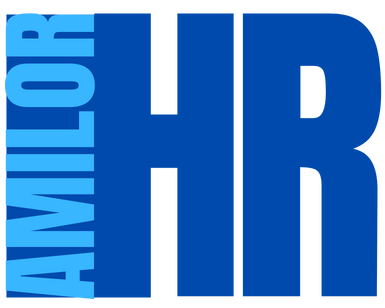An HRIS master plan is an essential strategic tool for any company seeking to optimize its human resources management. This multi-year roadmap provides a framework for the evolution of the HR information system, enabling a better match between technological tools and the organization’s HR policy. In a context where the HR function is constantly evolving, it is essential to understand the ins and outs of a high-performance HRIS scheme.
What is an HRIS master plan, and why is it crucial?
The HRIS master plan is much more than just an administrative document. It’s a strategic plan that defines the medium-term application target, generally over a period of 2 to 3 years, and details the roadmap for achieving it. This frame of reference guides all projects and decisions relating to the human resources information system.
The importance of such a plan lies in its ability to :
- Align technological tools with the company’s HR policy
- Provide a global view of the information system, its evolution and necessary investments
- Improve HR processes and increase productivity
- Optimize HR data management and analysis
- Ensure compliance with regulatory and technological developments
By implementing an HRIS master plan, organizations can anticipate future needs and adapt more rapidly to market changes. This proactive approach avoids the pitfalls of reactive HR management, which is often costly in the long term.
Drawing up an HRIS master plan: key stages in a winning strategy
Creating an effective HRIS master plan requires a methodical, well-thought-out approach. Here are the essential steps for developing a successful HRIS strategy:
- HR policy analysis: gain an in-depth understanding of the company’s HR strategy and define the role HRIS is expected to play in its implementation.
- Current HRIS inventory: Carry out a complete diagnosis of existing tools and processes to identify strengths and weaknesses.
- Needs identification: Gather information on the company’s expectations and objectives in terms of human resources management.
- Stakeholder involvement: Consult HR teams, managers and employees to ensure that the future system meets actual needs.
- Scenario development: Study different options for HRIS evolution, taking into account budgetary and organizational constraints.
- Selection of the optimum scenario: Choose the solution best suited to the company’s challenges and long-term vision.
- Detailed action plan: Define implementation stages, budget and deployment schedule.
- Monitoring and updates: Ensure constant monitoring and make regular adjustments to guarantee the scheme’s relevance over time.
This structured approach ensures that the HRIS master plan meets the organization’s specific needs, while remaining aligned with its overall strategy. It is crucial not to simply replace the existing system with the latest solution on the market, but rather to build a tailor-made system that takes into account the company’s history and future prospects.

Optimizing HR management with a high-performance HRIS system
A well-designed HRIS master plan brings many benefits to the organization. In particular, it improves the forward-looking management of jobs and skills (GPEC), a key element of modern HR strategy. Here’s an overview of the concrete benefits of an optimized HRIS:
| Domain | Benefits |
|---|---|
| Productivity | Automate repetitive tasks, reduce errors, save time |
| Data analysis | Better decision-making thanks to accurate reports and dashboards |
| Compliance | Easier updating of processes in line with legal changes |
| Employee experience | Simplified access to HR information, self-service for routine requests |
| Talent management | Optimized performance monitoring, identification of potential, succession planning |
The integration ofinnovative HR tools as part of the HRIS master plan also considerably improves talent management. Indeed, a high-performance HR information system facilitates the implementation of innovative strategies to attract and retain the best talent, a major challenge in an increasingly competitive job market.
Furthermore, theautomation of HR processes, particularly in areas such as leave management, frees up time for HR teams. Similarly, they can concentrate on higher value-added tasks, such as supporting employees and developing the corporate culture.
Recommendations for a successful HRIS system
To maximize your HRIS master plan’s chances of success, here are a few key recommendations:
- Strategic coherence: Ensure that the HRIS plan is perfectly aligned with the company’s overall strategy.
- Budgetary realism: Establish a realistic budget and schedule to avoid setbacks during the project.
- Anticipation of obstacles: Identify potential difficulties and prepare action plans to deal with them.
- Change management: Set up a solid support system to facilitate the adoption of new tools and processes.
- Flexibility: Design a scalable system capable of adapting to future business needs.
- User involvement: Incorporate end-user feedback throughout the design and deployment process.
- Technology watch: Keep abreast of the latest developments in HRIS to keep your system up to date.
By following these recommendations and adopting a methodical approach, your organization will be able to create a robust, future-proof HRIS master plan. This will serve as a compass to guide your efforts to optimize human resources management, thereby contributing to overall corporate performance.

